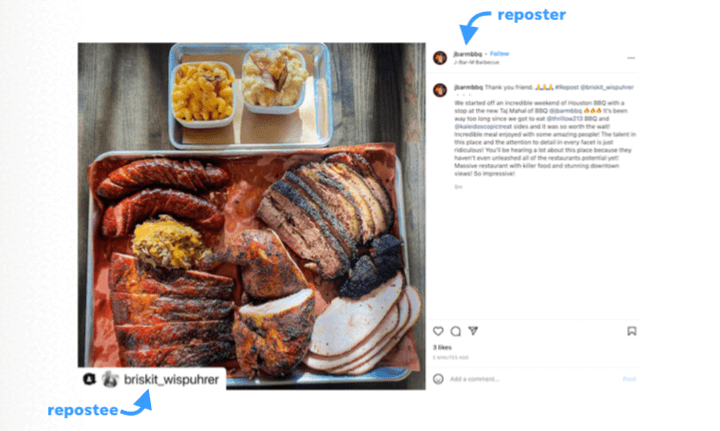
Consumers have prioritized essential over non-essential items, with online sales of groceries and cleaning supplies leading the way in Q1 2021. Health and wellness items saw an uptick, too.
According to Mastercard Economics Institute, ecommerce in the United States comprised 11% of total retail sales before the pandemic. At the peak in 2020, online sales shot up to 22%. In mid-2021, it’s 17%. In Europe, the comparative figures are 8%, 12%, and 9%. The U.K. showed the strongest levels in Europe at 22%, 31%, and 24%. Total ecommerce sales for 2021 will be more than 7 billion greater than eMarketer forecasted before the pandemic. Moreover, eMarketer forecasts ecommerce sales will surpass trillion in 2022, mainly because consumers will not go back to pre-pandemic shopping habits. Prior to the pandemic, eMarketer did not expect ecommerce to reach this milestone until 2024.
Leading ecommerce sites experienced Q1 2021 year-over-year revenue growth, with Amazon at 71%, Walmart.com 31%, Target 20%, and eBay 19%.
Changing Habits
eMarketer now projects 2021 U.S. retail ecommerce sales will grow by 13.7%, reaching 9 billion, for 15.5% of the .9 trillion in total 2021 retail sales.
Covid-19 brought a huge increase in online shopping. Many consumers became online shoppers for the first time. It appears that they will continue to rely on ecommerce for a myriad of items. Many of these new online shoppers are over 60 years of age. Some are hesitant to return to in-person shopping. Second-quarter 2021 results demonstrate that even with brick-and-mortar stores reopening, online shopping is holding on to much of its gains.
Before the pandemic, research firm eMarketer calculated that U.S. consumers would spend 5 billion online in 2020, a year-over-year increase of 13.2%. However, the pandemic drove retail ecommerce sales markedly higher in 2020 to 9 billion, a 34% increase over 2019. Non-ecommerce fell 0.2% to billion.
Other Trends
- Brick-and-mortar shopping will rebound slowly. In April 2021, foot traffic at 52 Class A malls was only 18.7 percent lower than April 2019, according to analytics company Placer.ai. However, malls will continue to struggle with store vacancies.
- Many brick-and-mortar non-grocery stores that implemented curbside pick-up at the height of the pandemic have continued offering this service, with some still offering discounts to consumers who use this method. The option of buying online and picking up inside the store will also remain popular with consumers.
- Analysts suggest that as the world opens up, consumers will gravitate to spending on services such as travel, movies, and live entertainment rather than physical goods.
- Online grocery shopping will continue to grow. Before Covid-19 about 7% of U.S. grocery shopping was online, according to Mastercard Economics Institute, which projects 2021 online grocery sales to be roughly 9% of the total. If that occurs, the grocery industry will keep 70 to 80% of the online growth during the peak of the pandemic. Kroger and Walmart are planning to augment their reliance on automation to accommodate the increase in online grocery orders.
- Despite supply chain challenges, many online sellers delivered items within a two-days during the pandemic. Consumer expectations grew. A recent survey of U.S. consumers by Jungle Scout found that 68 percent of respondents now expect delivery within three days.
- Online and omnichannel companies are beefing up their fulfillment capabilities. Start-up vendors that streamline order processing and fulfillment are emerging. Venture capital firms are eager to fund them.






![7 [Non-Generic!] Customer Engagement Strategies & Examples](https://research-institute.org/wp-content/uploads/2021/10/7-non-generic-customer-engagement-strategies-examples.png)